Beyond the Frame 67/
Kodachrome. A nostalgic reflection on the legacy of an iconic colour film. And news of a brand new Lightroom and Photoshop emulation that brings Kodachrome’s magic to your desktop (or mobile device).
Kodachrome
“Kodachrome
They give us those nice bright colours
They give us the greens of summers
Makes you think all the world’s
A sunny day, oh yeah
I got a Nikon1 camera
I love to take a photograph
So mama don’t take my Kodachrome away”
– Paul Simon, Kodachrome
I know many readers are keen to hear about a new Kodachrome emulation for Adobe Lightroom and Photoshop. You’ll find details at the foot of this edition ⬇. But, you know, the rest is worth reading too, I hope.
Nice bright colours and the greens of summers. Kodak could have used that as a marketing tagline.
Or, better still, “Kodachrome. Makes you think all the world’s a sunny day.”
For those of us born in the last millennium, our memories are likely to be Kodachrome coloured. Kodachrome wasn’t merely a photographic film stock, it provided the defining palette of the twentieth century.
Look back at any glossy magazine or photo book from the late 20th century, chances are, the photos were made with Kodachrome. It was the professional photographer’s film of choice but enthusiastic amateur photographers loved Kodachrome too.
Many of us will have childhood memories of family slideshows. Sitting in a room with the lights off and curtains drawn, surrounded by as many uncles, aunts, neighbours and friends as were unable to come up with an excuse to be elsewhere at short notice. The Kodak Carousel would spin and click, projecting memories onto a lop-sided screen.
Don Draper describes the carousel more eloquently than I ever could.
Every noteworthy event was recorded on Kodachrome. Birthdays, family gatherings, summer holidays – all condensed into tiny slivers of acetate, precious time capsules that were carefully stored in boxes labelled “Ella’s Christening”, “Spain, ’76”, and “Grandma’s 80th birthday”.
Our impressions of different eras are defined by photography. The Victorian age was sepia-toned. The early 1900s were black and white. The rest of the 20th century was Kodachrome coloured.
Memories – courtesy of Kodak
Recently, Mrs G, being an insightful soul, gifted me a collection of Kodachrome slides. Discarded, perhaps, by somebody working on a house clearance, I think she found them for sale at a local flea market.
Purchased for pennies, they show somebody’s holiday photos. A family at play in a swimming pool, somebody’s father or uncle posing at a historic tourist attraction…
I don’t know the people in the photos, don’t recognise the locations. You might wonder what value a box of slides holds for a stranger. Mrs G is canny enough to appreciate that the Kodachrome slides carry precious memories, and even if they’re not our own, they still possess an intrinsic value, far beyond the pennies she paid for them.
And so somebody’s holiday photos are carefully stored with my own archive of Kodachrome slides. I’m their custodian for now and I like to think somebody will understand their value after I’m gone, even if they’re left asking, “Who are those people?”
Do you recognise them? Is that your grandmother, frozen for decades in mid-leap above a swimming pool? If so, let them know I have their holiday photos 😁
The Last Roll of Kodachrome
Sadly, with the arrival of less demanding (but arguably inferior) films, sales of Kodachrome began to dwindle. Then the world went digital and demand plummeted. Kodak announced the end of Kodachrome in 2009. The one remaining processing lab in the world, Dwayne’s Photo, processed the final roll of Kodachrome on 30 December, 2010.
The last ever roll of Kodachrome was given to Steve McCurry. It’s testament to the status of the film that National Geographic made a short documentary, following McCurry as he made the last 36 pictures on Kodachrome film.
Imagine the pressure of having to create something really memorable with the last 36 frames of Kodachrome ever to exist.
“Oops! Sorry, I think I overexposed this roll. Can I have another?” 😳
Thankfully, McCurry’s adventure with the final roll of Kodachrome yielded some eye-catching pictures, and left the photographer reminiscing.
“It took me back to the days of film. It made me long for the colours and the tones and the hues of Kodachrome – and how beautiful and how poetic the images are.”
Steve McCurry
It’s appropriate that the final roll of Kodachrome was presented to Steve McCurry. His photograph, Afghan Girl, made with Kodachrome 64, has been identified as “the most recognised photo of the twentieth century”.
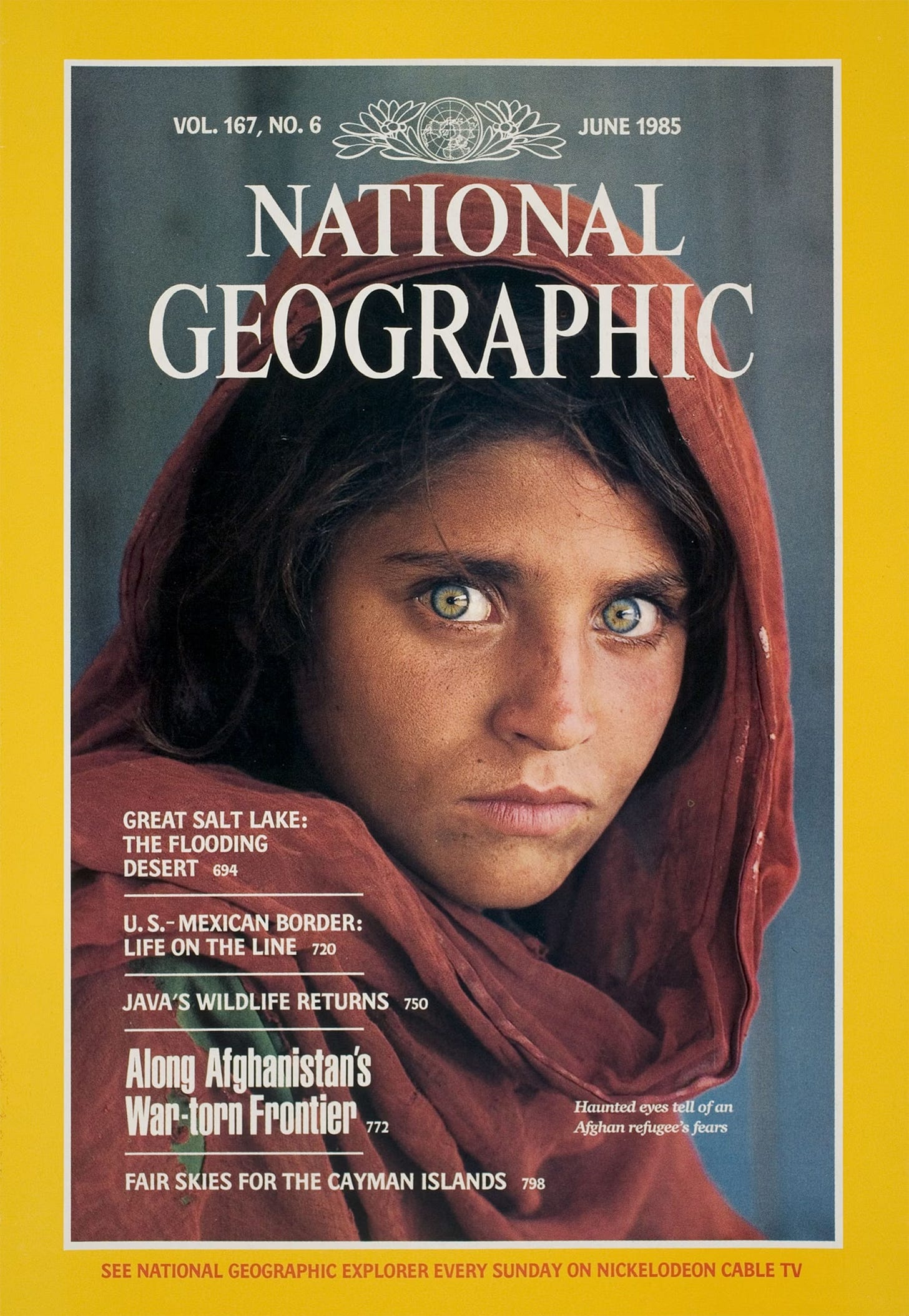
There has subsequently been much discussion about the ethics surrounding McCurry’s most famous image, but there’s no denying that the photograph itself is immediately engaging. That frayed, rust-red cloth, the weathered green wall behind, and at the centre, Sharbat Gula’s piercing, pale jade eyes… That’s all Kodachrome. No other film or digital sensor would have rendered that scene in that way.
Kodachrome Portraits
The pictures below come from McCurry’s book Looking East, which contains many of his most evocative portraits – all made with Kodachrome. The giant, glossy edition is sumptuous but, be warned, you’re unlikely to have bookshelves large enough to accommodate it.
Ernst Haas
You won’t hear many discussions about Kodachrome without hearing the name of Austrian photographer, Ernst Haas.
In 1953, Life Magazine commissioned Haas to produce a series of colour pictures in New York. He spent two months making largely abstract photographs that were printed in a 24-page story, Images of a Magic City.
I have a well-used 1978 edition of Haas’s book, Himalayan Pilgrimage. I’ve just noticed that it sold for USD $45 in 1978. It’s out of print now but I found used copies on Amazon for a bargain $49.
Before Haas, colour photography had largely been seen as an inferior art form, most often associated with commercial photography. Haas used Kodachrome in a painterly fashion, framing abstract perspectives, intentionally using slow shutter speeds… Haas’s images helped to shift those attitudes, showing how the use of colour could be innovative and emotionally evocative.
You can see more of Ernst Haas’s early colour work from New York on the Magnum website.
Kodachrome Heroes
There are many other photographers whose work defined the use of Kodachrome. I’m dismayed that I don’t have space to write at length about William Albert Allard.
Allard’s photograph, Running Home, is my favourite photograph ever. A signed print hangs in my study.
“The light is soft and the colour as if drawn from a box of pastels. And the children are not running nor skipping, they are floating, as if in a state of grace and innocence. I will never tire of looking at this picture. It fulfils me in a way not many do.”
– William Albert Allard speaking about his photograph, Running Home
Allard and I, together with my good friend, Jack Kurtz, led a photography workshop in Bangkok a few years ago.
Here’s Bill and me in Italy on another occasion.
I’ll write more about the life and work of William Albert Allard another time. He deserves an edition to himself.
Also deserving of far greater space and time, check out the work of Saul Leiter and Joel Meyerowitz, both of whom were pivotal in advocating for colour photography.
A healthy obsession?
There are worse things to be obsessed with than an out-of-production film stock, right? I really hope so because it may already be too late for me.
I’m collecting Kodachrome slide mounts – in an entirely non-obsessive manner. Probably.
Here are some examples of how the slide mount design evolved over 70 years.
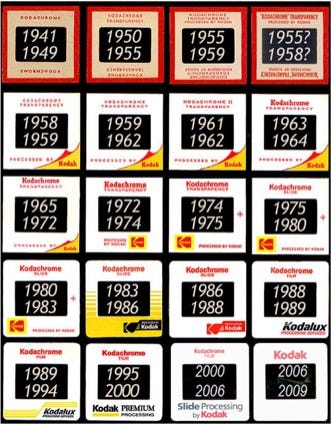
I recently obtained some slide mounts in French, which opens up an international can of worms. If you have any unwanted Kodachrome slides, I welcome donations 🙏
Did you know?
Kodachrome – The Hollywood Film
Watch this trailer of the 2017 film, Kodachrome, and count how many times you notice Kodachrome’s red and yellow brand colours in the various props and sets. The red motel doors are obvious but how many more examples can you spot? That’s the sort of attention to detail in filmmaking I applaud!
For trivia lovers, that car, in Kodachrome red, is a 1987 Saab 900 Cabriolet and Ed Harris uses a Leica M4-P throughout the film.
Kodachrome is a decent film for a rainy Sunday afternoon and is available on Netflix.
Kodachrome – Fit for a Queen
The official footage for the coronation of Queen Elizabeth II in 1953 was shot on Kodachrome film stock.
One might be forgiven for wondering if the ceremony had been sponsored by Kodachrome, given how red and yellow dominates throughout.
This clip only lasts 1 minute 20 seconds. When it briefly switches to black & white and back again, it’s obvious just how much would have been lost if the ceremony had not been shot in glorious, vibrant Kodachrome.
Kodachrome – The Crime Solver
Digging even deeper into the nostalgia chest, fans of Columbo will appreciate these two excerpts, where Kodachrome slides play a pivotal role in the plot.
In the episode Lovely But Lethal, Columbo struggles to identify the telling clues but eventually solves the case after picking up a box of his brother-in-law’s Kodachrome slides.
Three episodes later in Double Exposure, Columbo unmasks another culprit with the aid of more slides. There’s no visible brand name but I assume that only Kodachrome has the necessary crime-fighting superpowers.
Kodachrome – The Pop Song
Finally, here’s Paul Simon performing Kodachrome at Hyde Park in London.
Kodachrome – The Emulation
Oh, just one more thing…
(I’m doing my Columbo impersonation.)
Kodachrome is no more. It has ceased to be. And, to be clear, the only way to truly create a Kodachrome image is to shoot Kodachrome film. Sadly, that’s impossible. And even if you were to find a roll of film in a forgotten corner of a dusty attic, there’s nowhere in the world to get it processed.
In a prescient moment about 25 years ago, I made some colour-calibrated copies of IT8 targets on Kodachrome 25 and Kodachrome 64 film. If you’re in the 1% of readers who know what that means, well done. If you’re in the other 99%, congratulations on having a life.
I’ve also been able to source hundreds of datasets, each with specific Kodachrome colour rendering information from Kodak. Each dataset has hundreds of numerical values relating, roughly speaking, to the hue, saturation, and luminance of a range of colours within a specific colour space.
You may be wondering if it might be possible, with this wealth of data and original Kodachrome calibration slides, to create some sort of digital emulation of Kodachrome? Well…
Kodachrome Emulation v 1.0
Some years ago I created a series of Kodachrome emulation profiles for Adobe Photoshop and Lightroom. They proved to be very popular.
There are many Kodachrome presets available online but the authenticity varies wildly. Many rely on shifting a few Lightroom development settings and don’t bring much to the party.
The original version of my Kodachrome emulations were pretty good, though I say so myself. But I was only able to support a limited number of camera makes and models.
Kodachrome Emulation v 2.0
I’ve been working on a brand new Kodachrome emulation for several years, on and off. To be honest, I’ve abandoned the project several times because it’s simply too difficult to produce a really authentic Kodachrome emulation for all cameras. Version 2.0 never saw the light of day – or the light of a computer screen.
Kodachrome Emulation v 3.0
I began again this year, equipped myself with fresh, colour-calibrated scans, re-processed the numerical datasets, and have built what I believe is the closest I can ever expect to get to an accurate digital interpretation of Kodachrome.
The pack consists of five Kodachrome emulations:
Kodachrome I (1936–1961)
Kodachrome II (1961–1974)
Kodachrome 25 (1974–2001)
Kodachrome 64 (1974–2009)
Kodachrome 200 (1986–2004)
It also includes 28 presets, which simulate the characteristics of various processes and environments. A Kodachrome slide was rarely seen by itself. Slides were projected, scanned, printed, and the resulting images were influenced by the mechanics of the process.
Enhanced Profiles emulate Kodachrome as it would have been seen straight out of the box. The accompanying presets allow for supplementary colour shifts, vignettes, and changes in contrast, based on real-world uses.
Here’s a short introduction, with some before and after examples.
Kodachrome Emulation Sale
The new pack is finally ready to share. It will work for all camera makes and models supported by Adobe Camera Raw, now and in the future. You can find a complete list on Adobe’s website.
GG Kodachrome Release Details
Price
Full Price = €89
Early-bird price = €49 – until 31 August
Newsletter subscribers:
Paid subscribers = additional 25% discount
Founder members = 100% discount – download for free
There’s still time to subscribe and receive the discount and other benefits.
Release Schedule
📅 Wednesday 6 August – Available exclusively for paid subscribers and founder members. Look for a link and discount code at the foot of Wednesday’s newsletter.
📅 Wednesday 13 August – Available to all readers at the early-bird price until the end of August.
Questions?
If you have any questions about this Kodachrome emulation, I’ll do my best to answer them.
Foto Walk / Photo Walk
PS I’m partnering with my friends at the Foto app and will be leading a Photo Walk in Geneva on Saturday 27 September, 2025.
There will be other photo walks around the world on the same day. If you’re interested in joining a walk in your region, leave a comment and I will make sure you’re kept up to date.
Obviously, if you can get to Geneva, that would be best. It’s nice here. You’d like it. 😬
Thank you for reading.
Until next time, go well.
Directory: Beyond the Frame newsletter archive.
Resources: Recommended books, films, gear, media etc.
Beyond the Frame 66/
Seeking the sound of silence. Plus audio adventures beside crying glaciers in the Swiss Alps to menacing Manhattan street crossings via Nepal, Sri Lanka, and a magical Italian stream.
Leica/Canon/Fujifilm/Minolta/Panasonic etc. All camera makes and models are supported


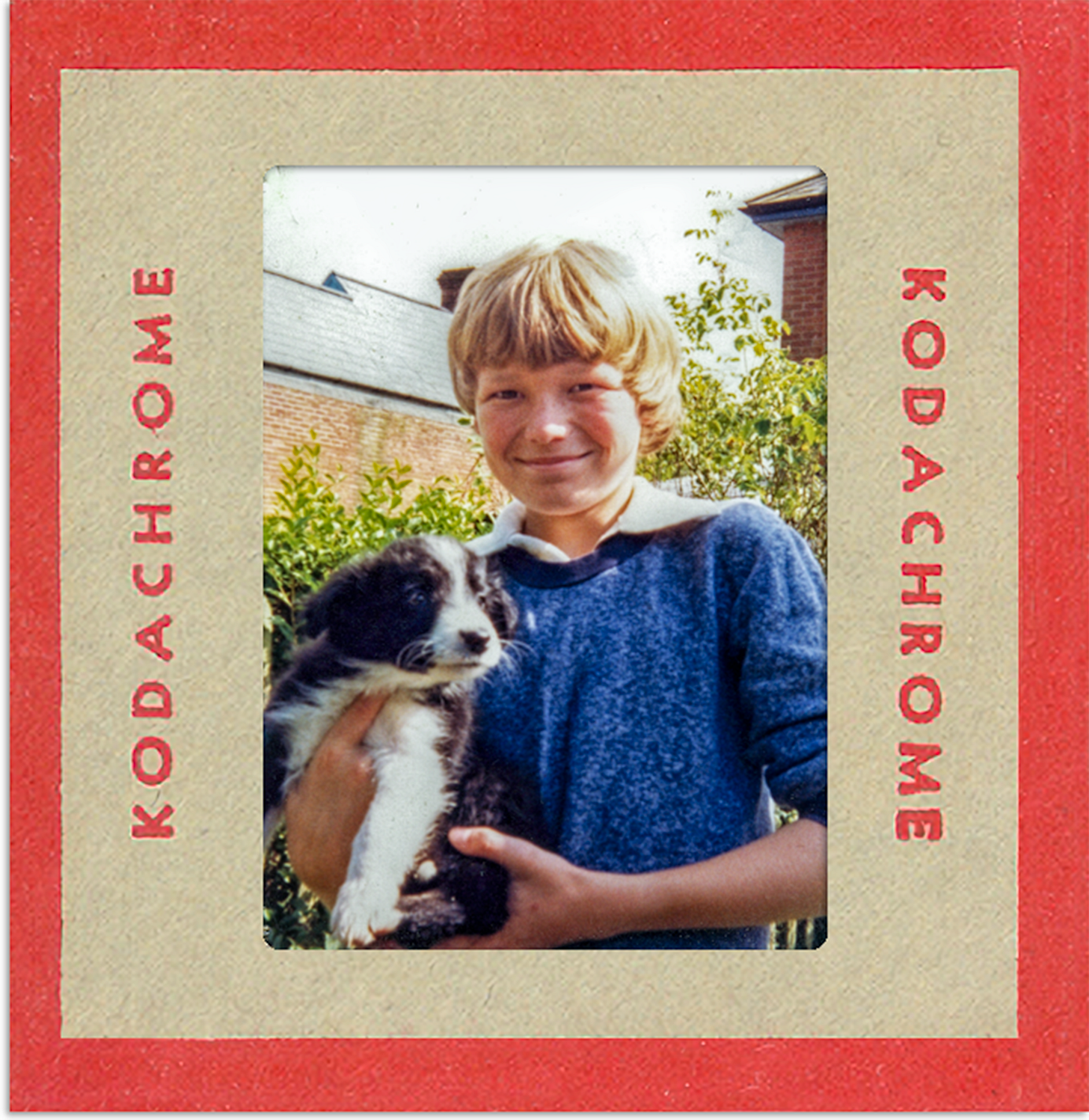
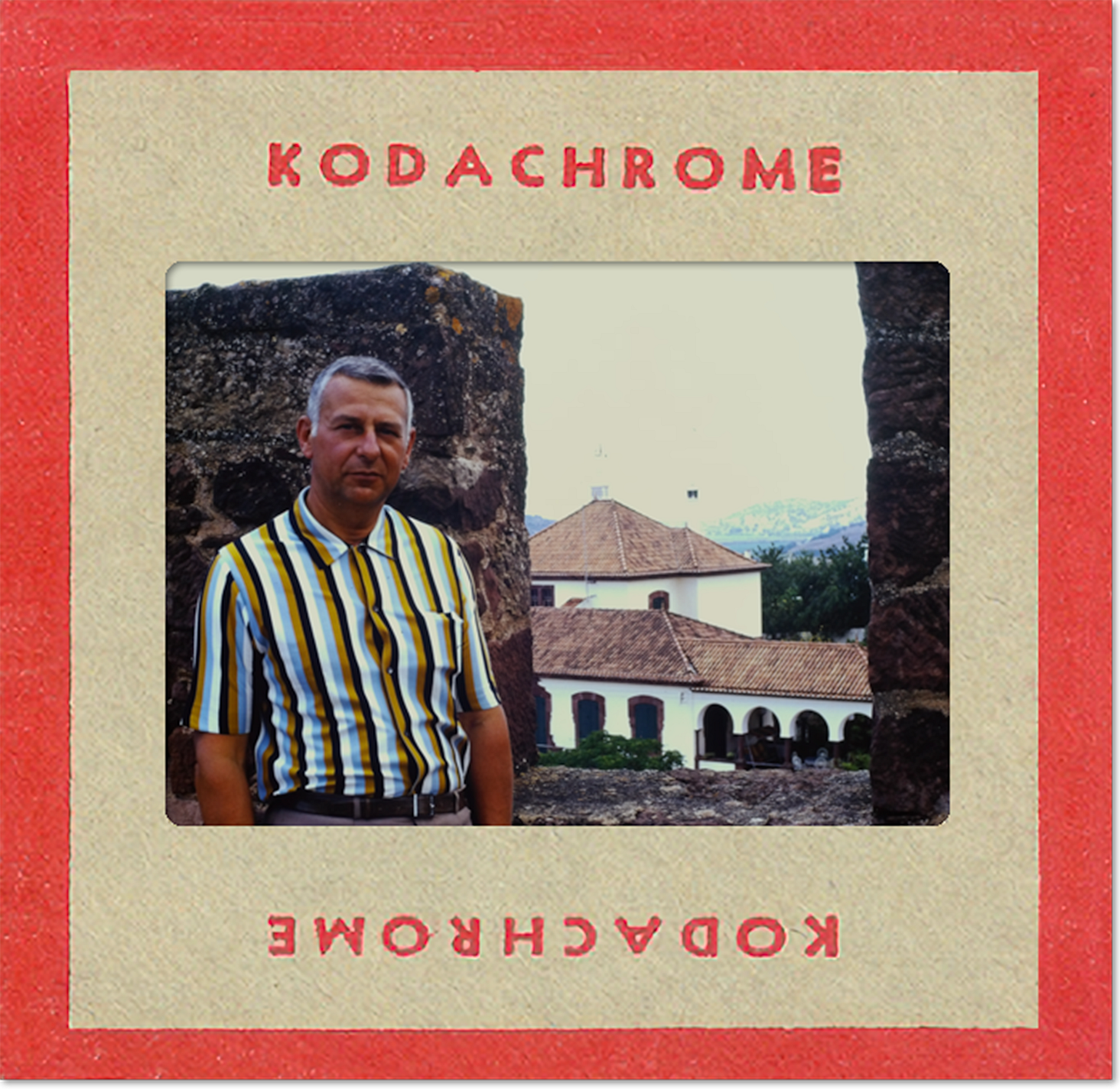
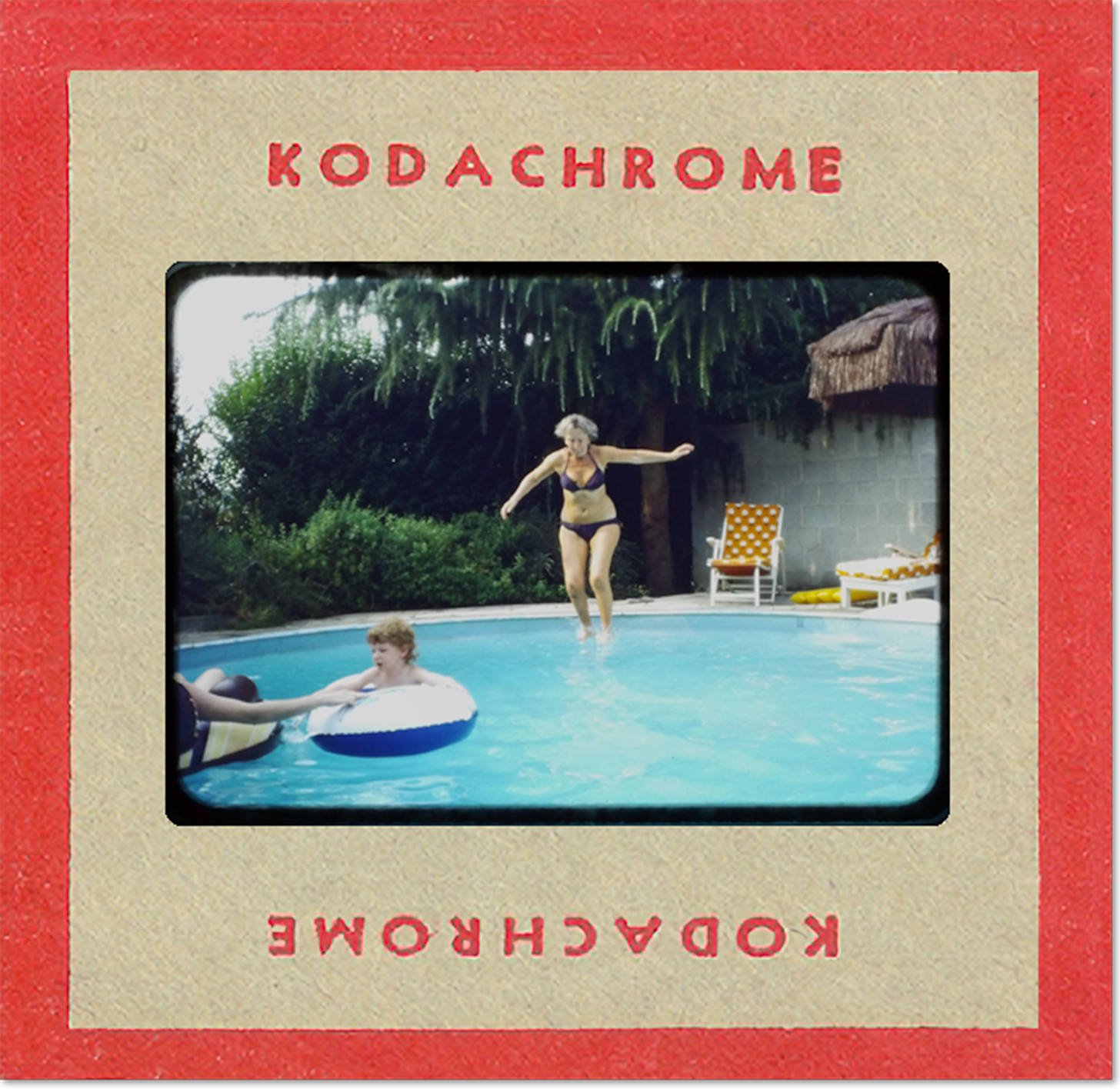
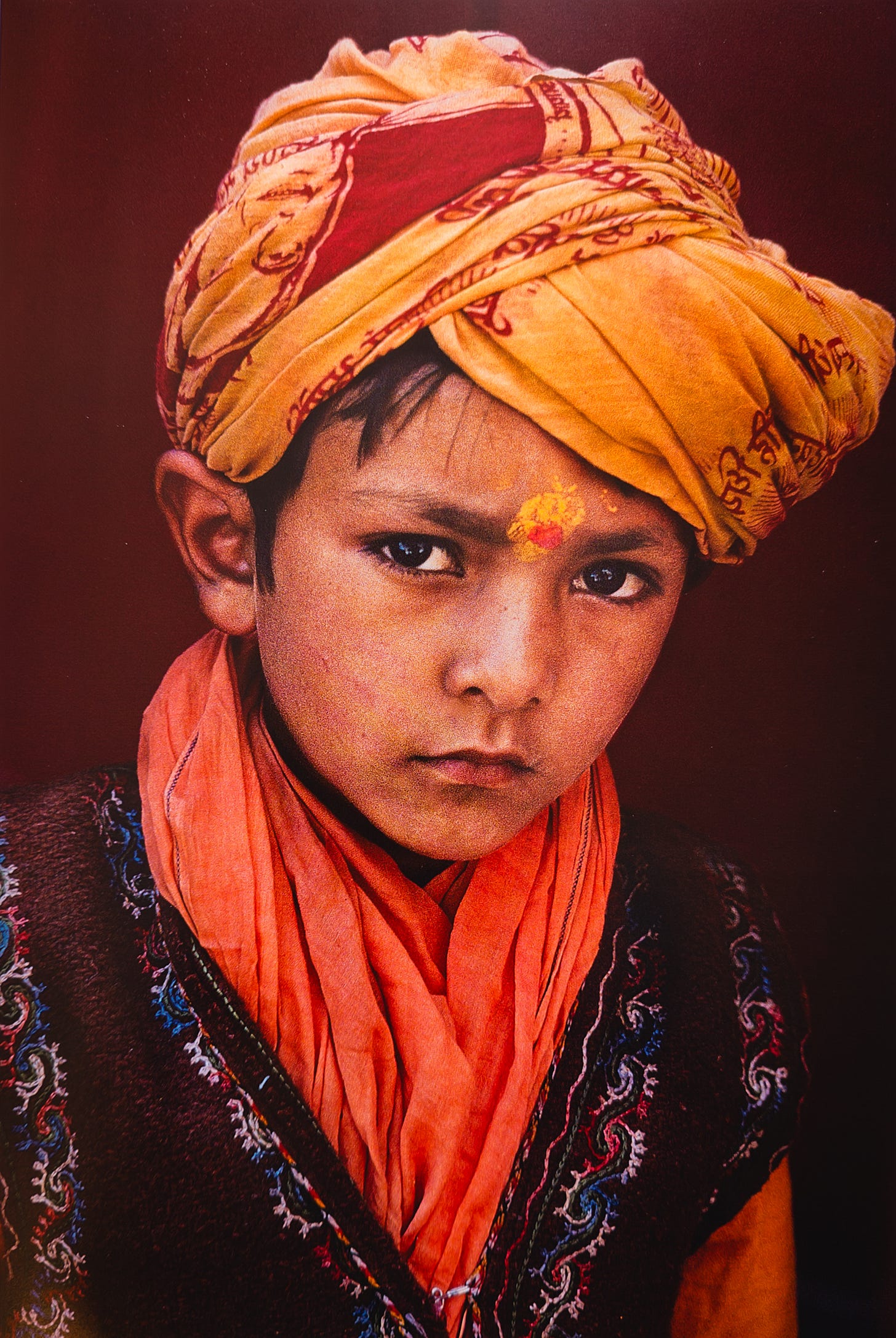
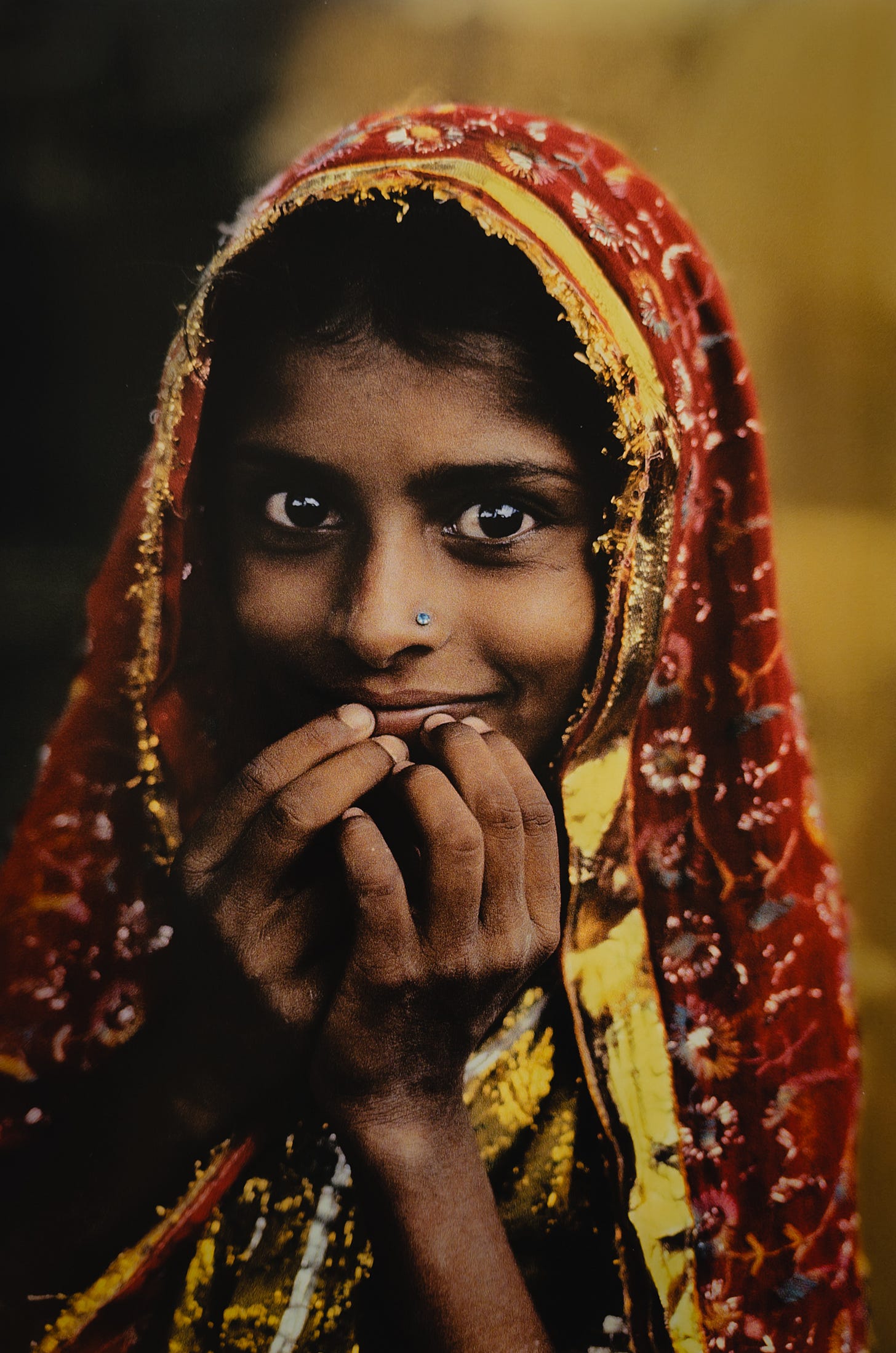
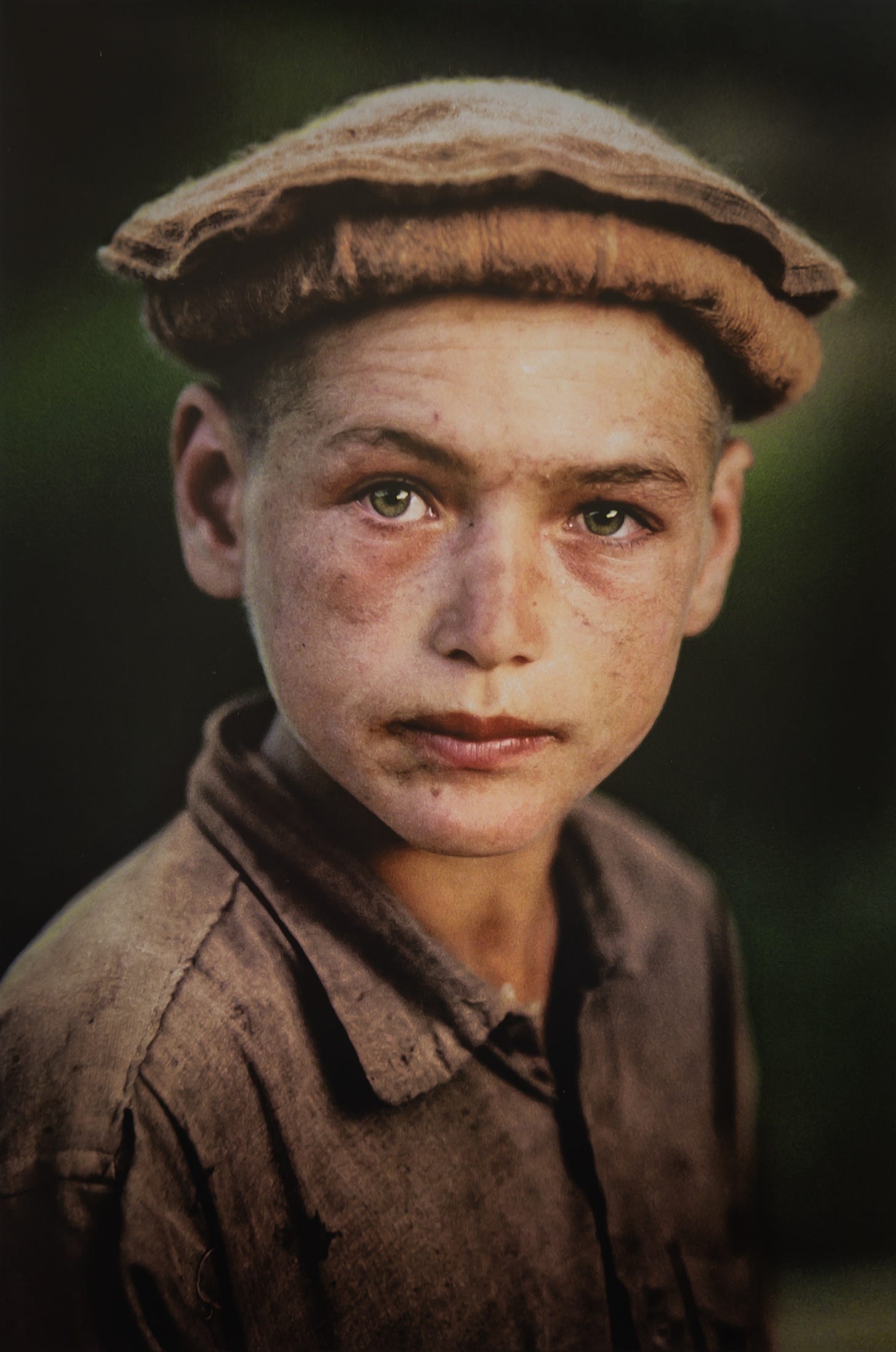
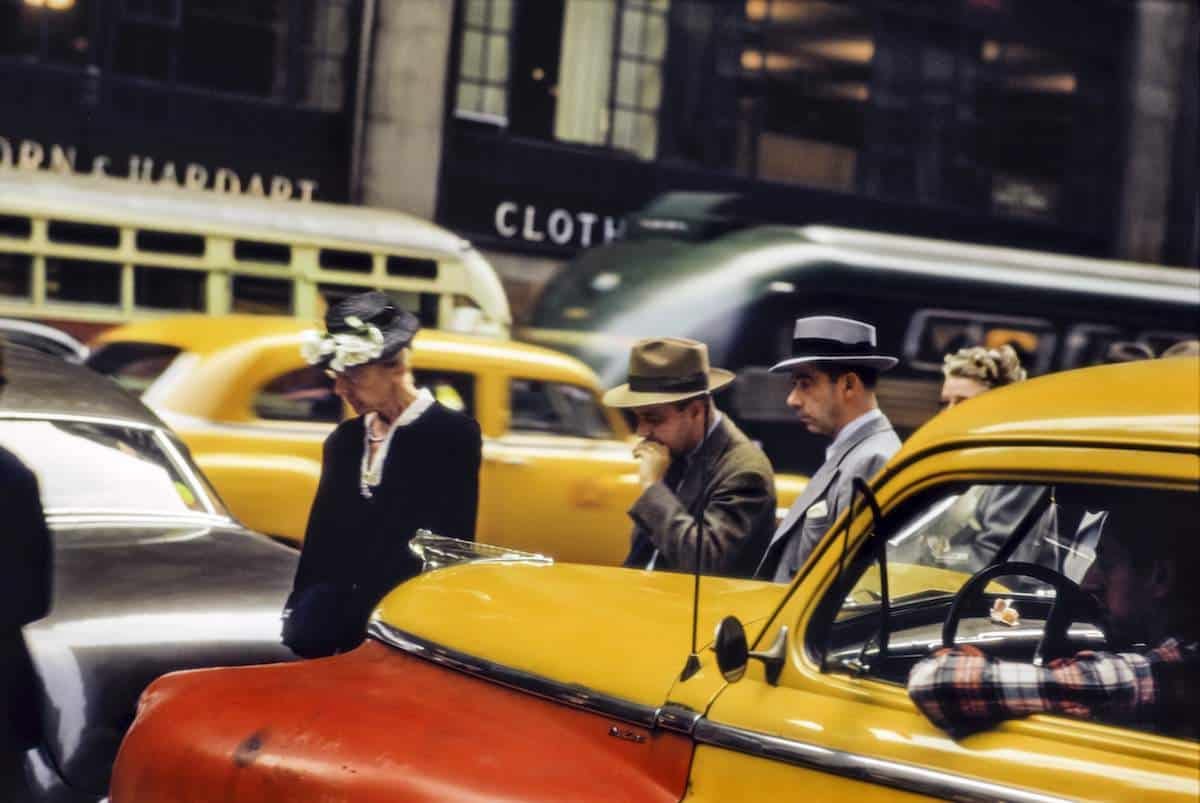
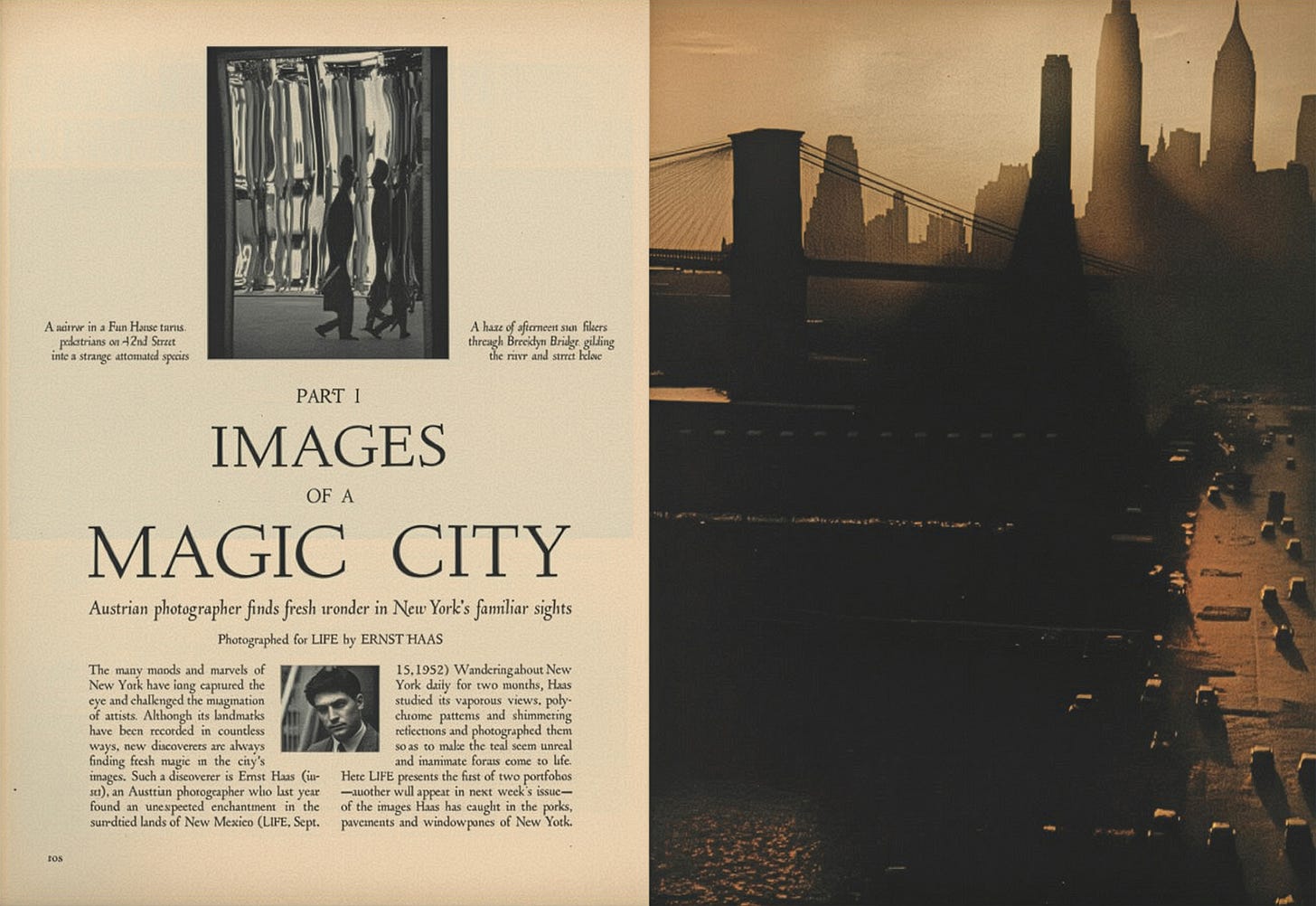
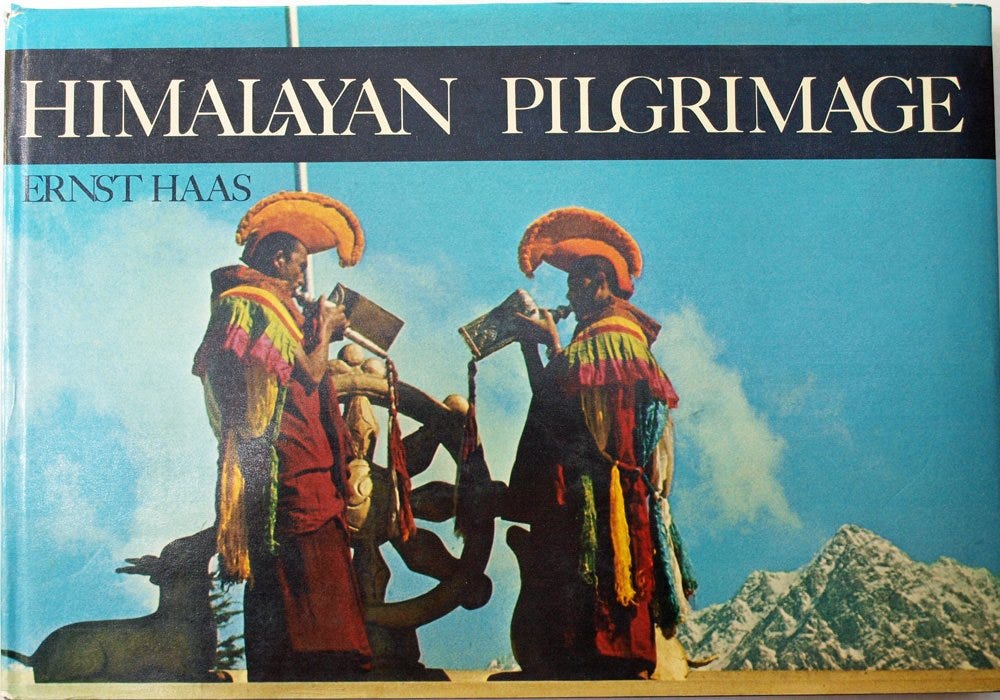
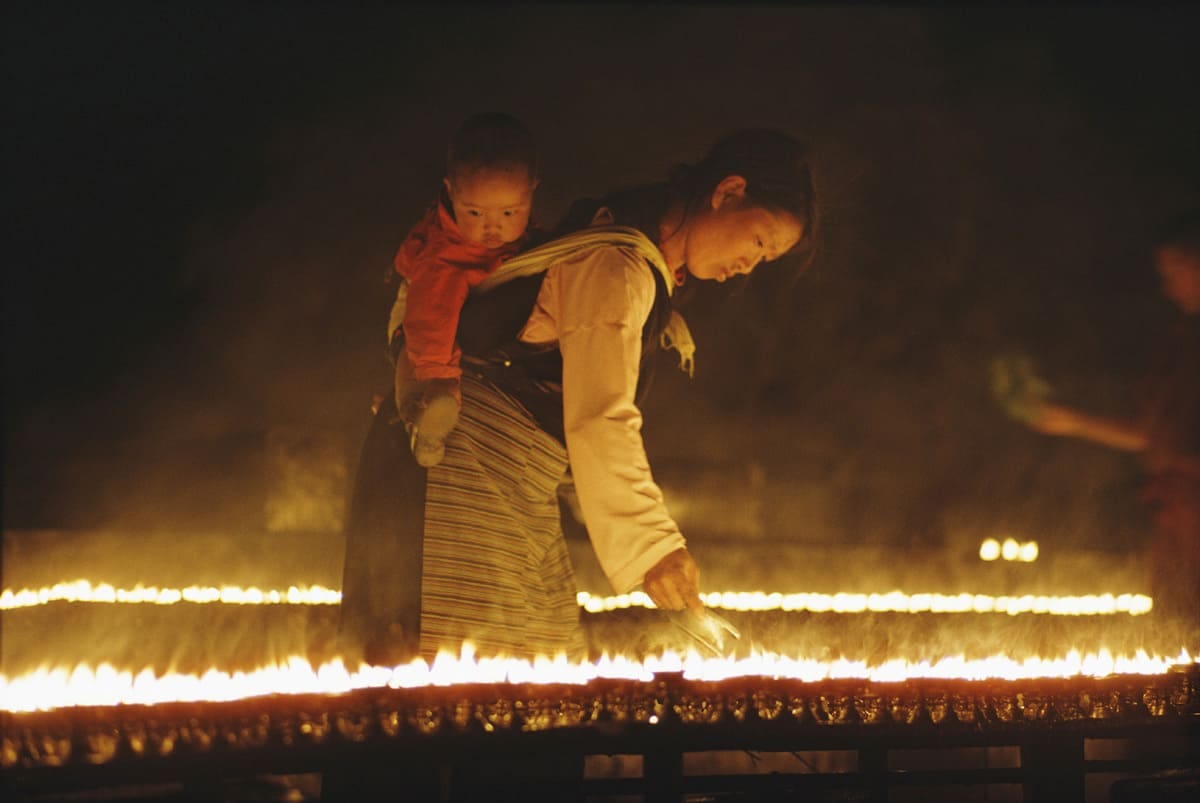
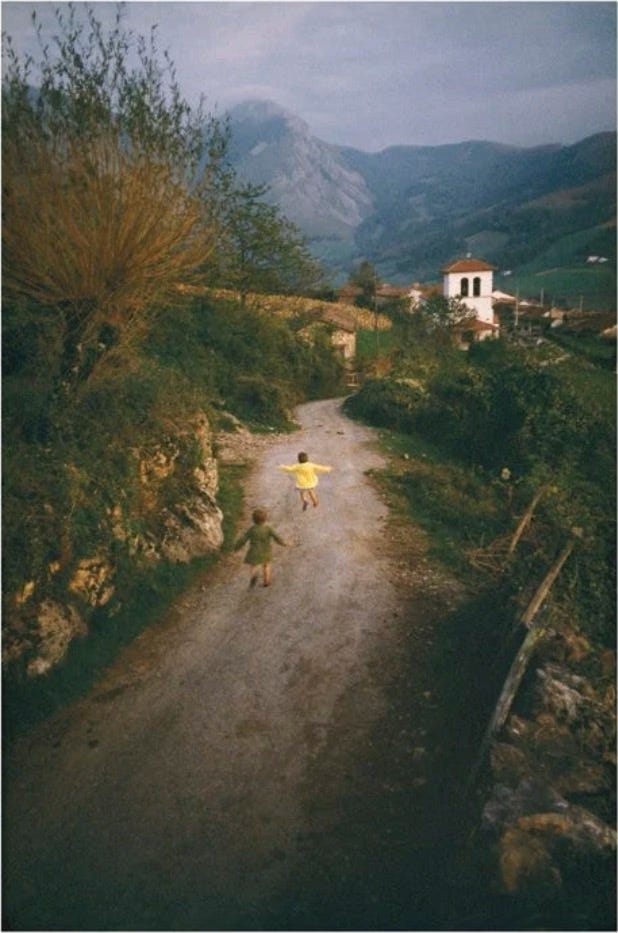
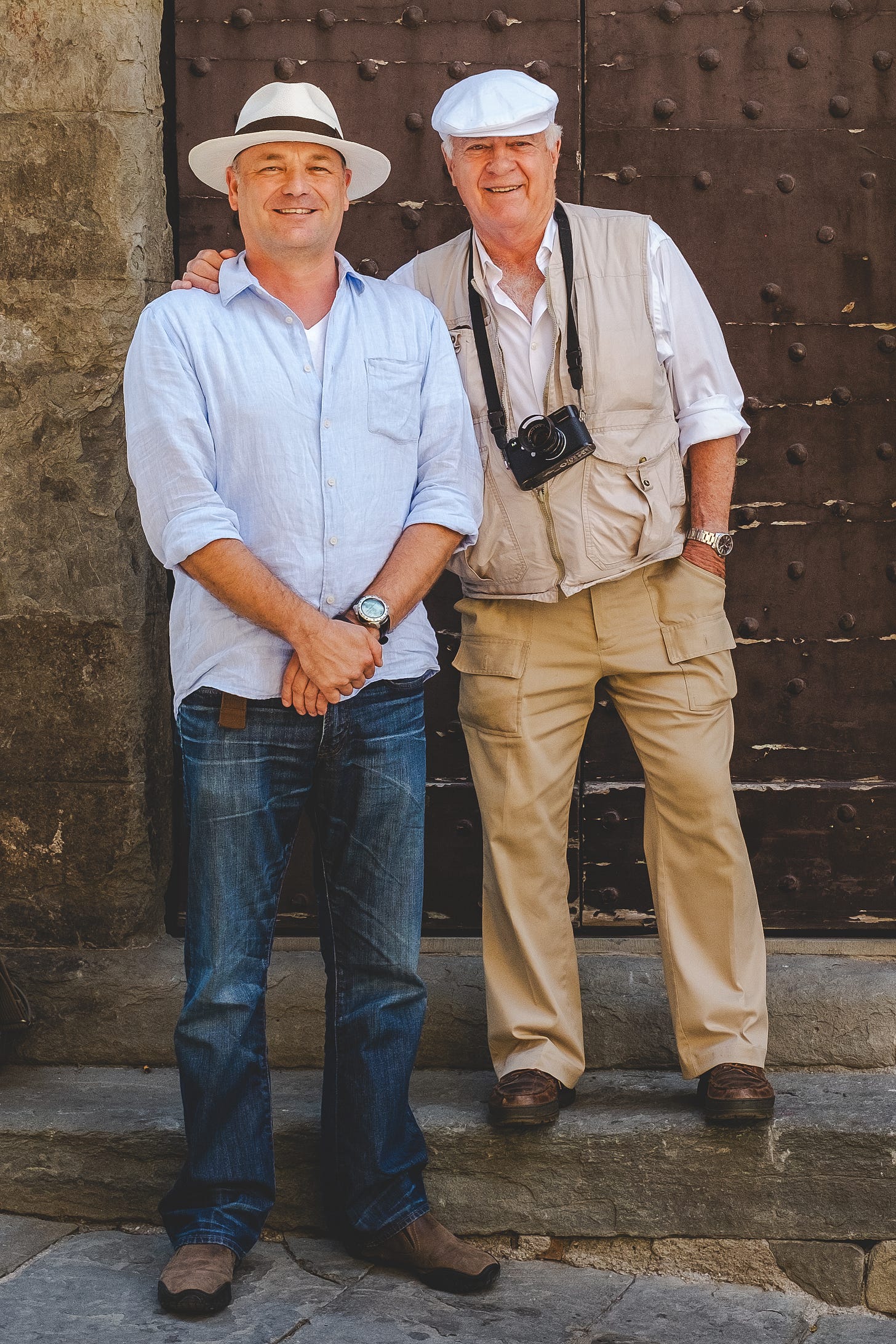
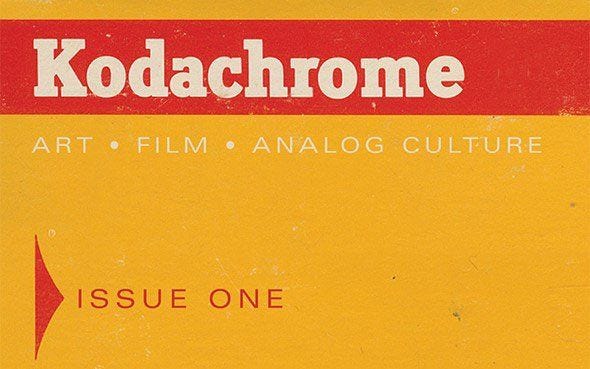
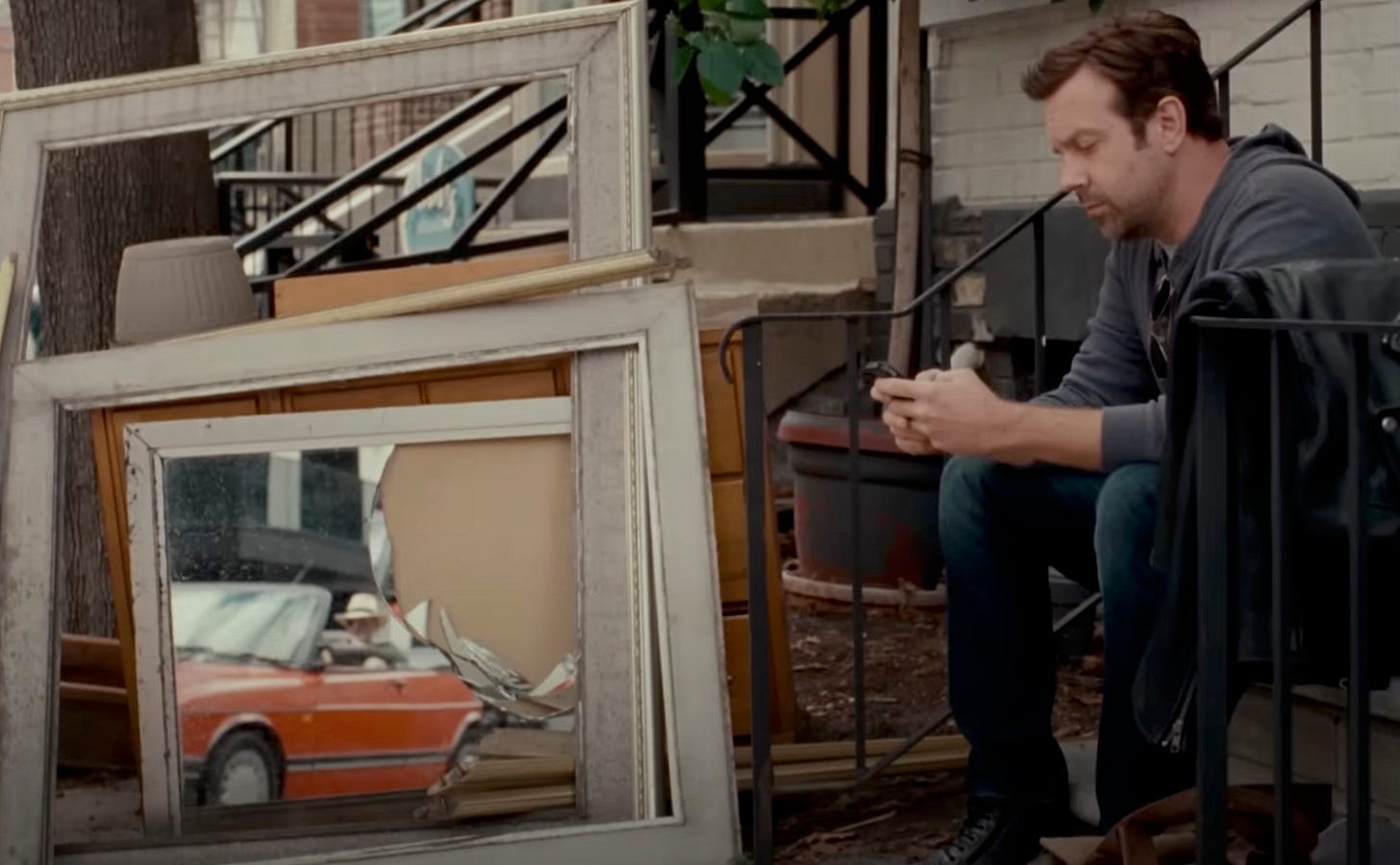
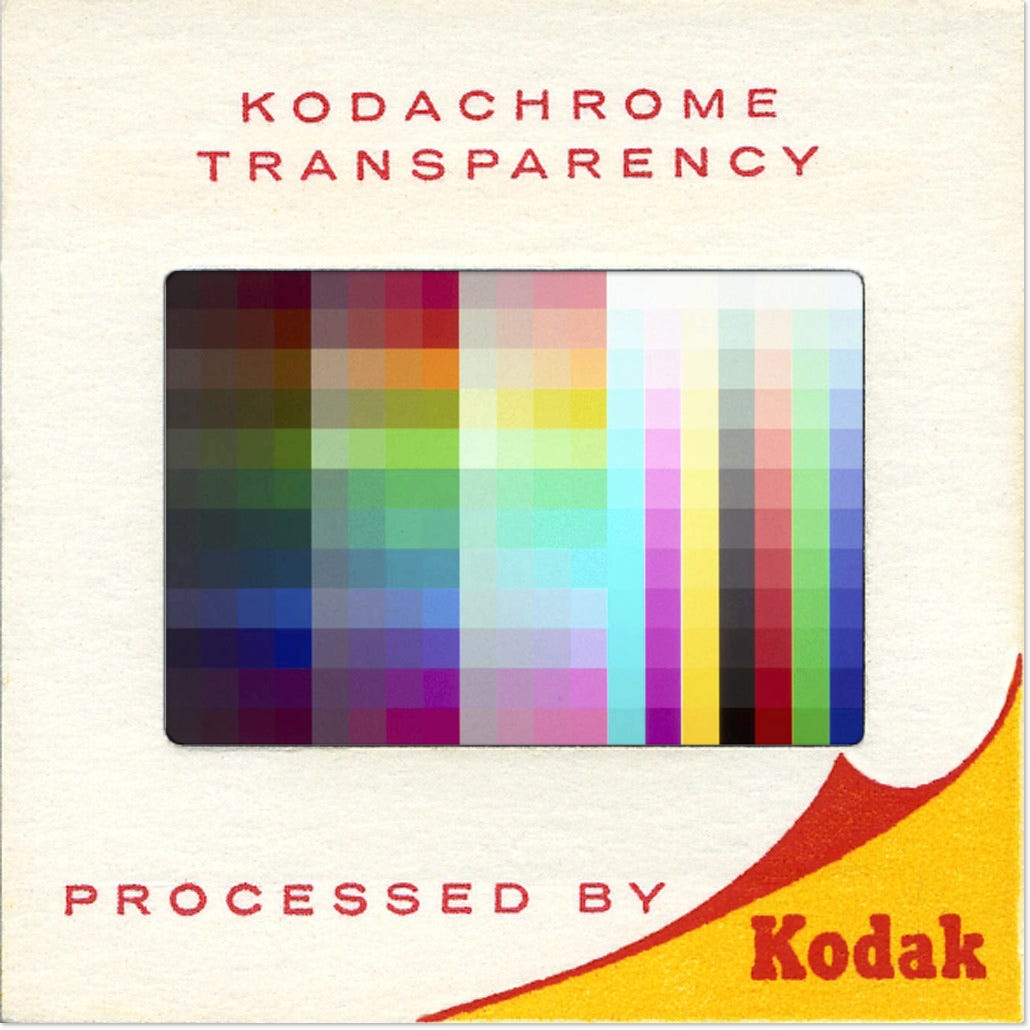
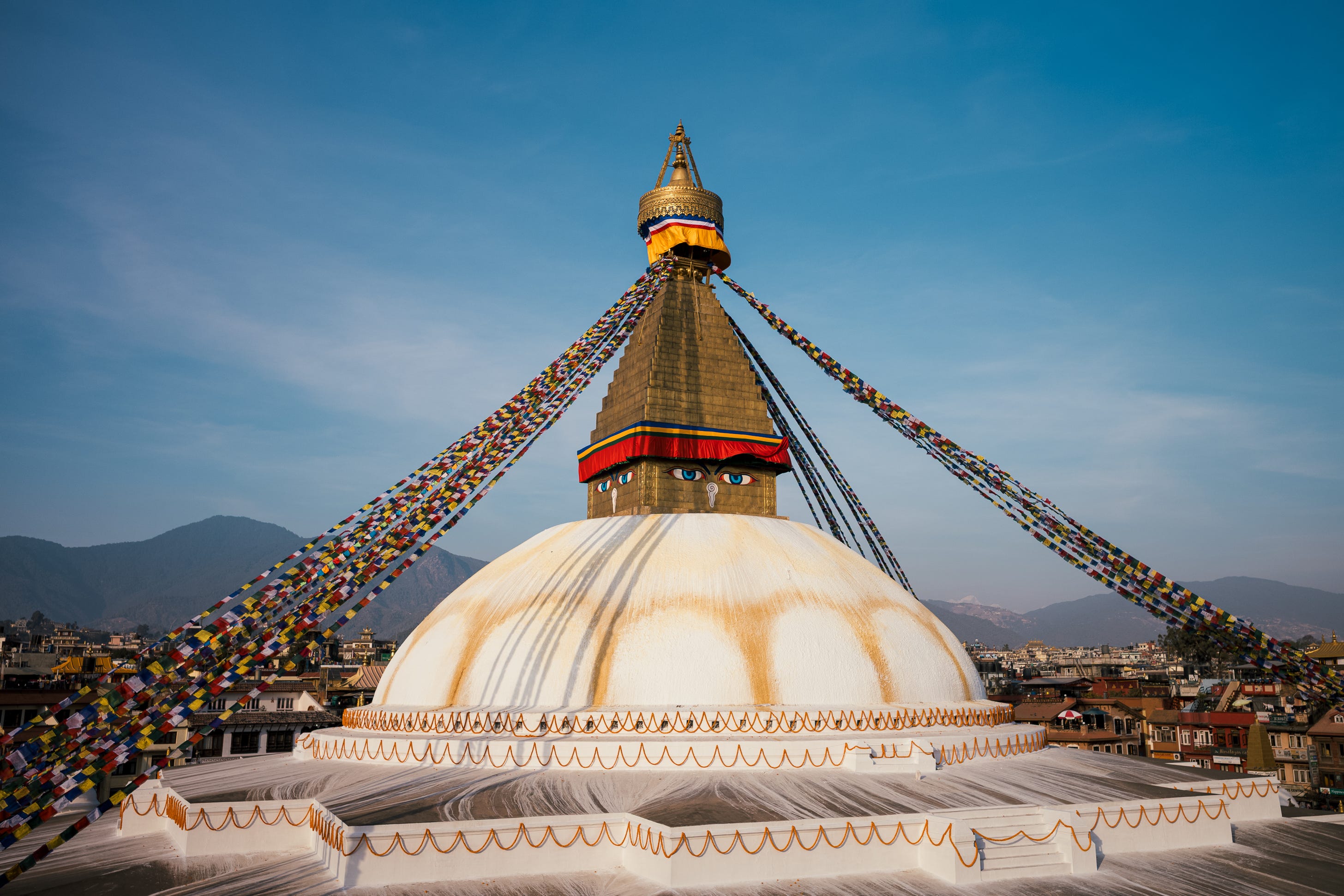

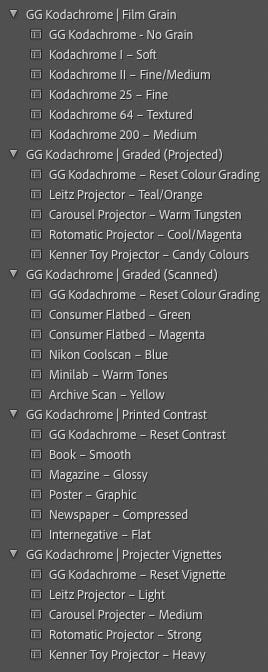
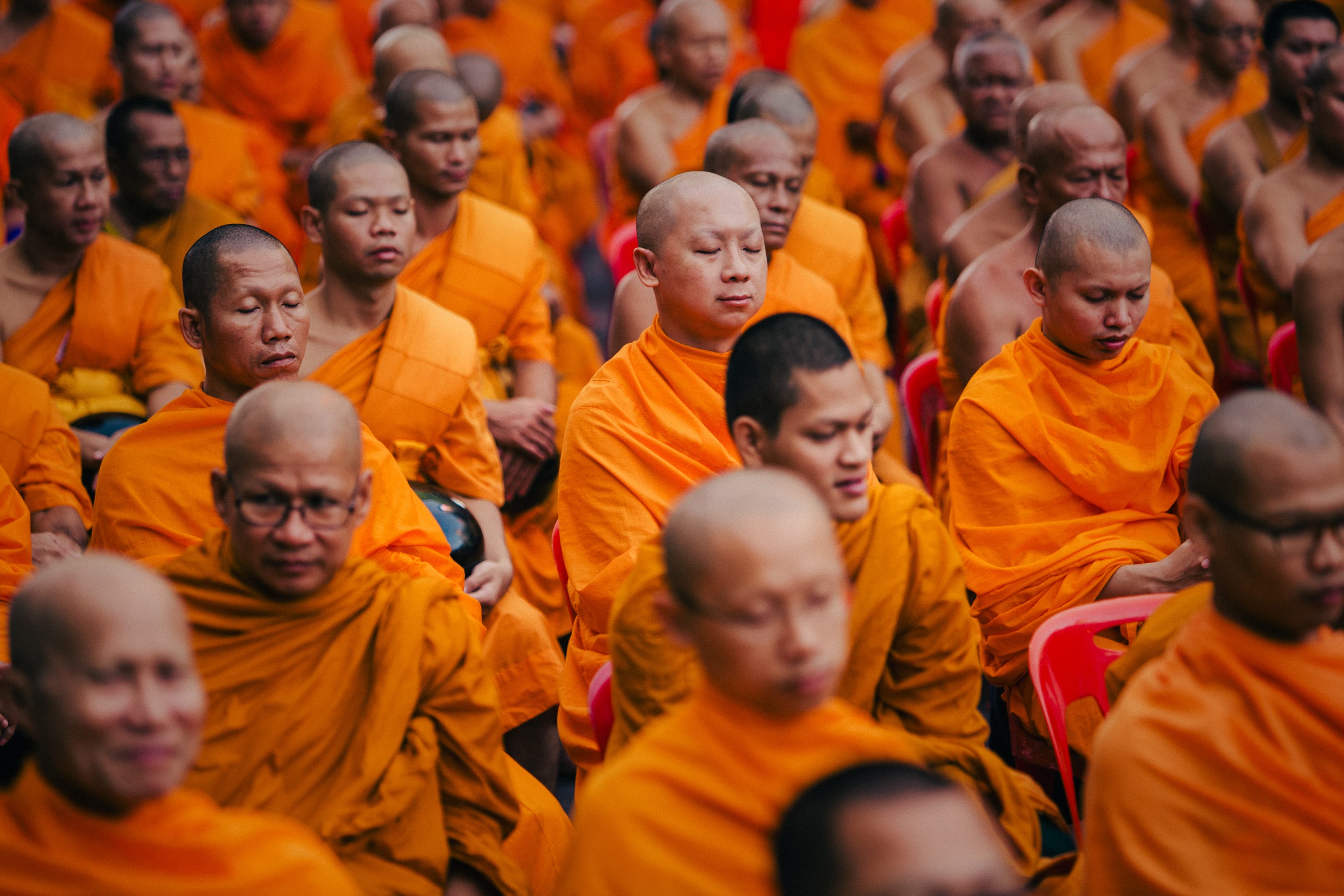
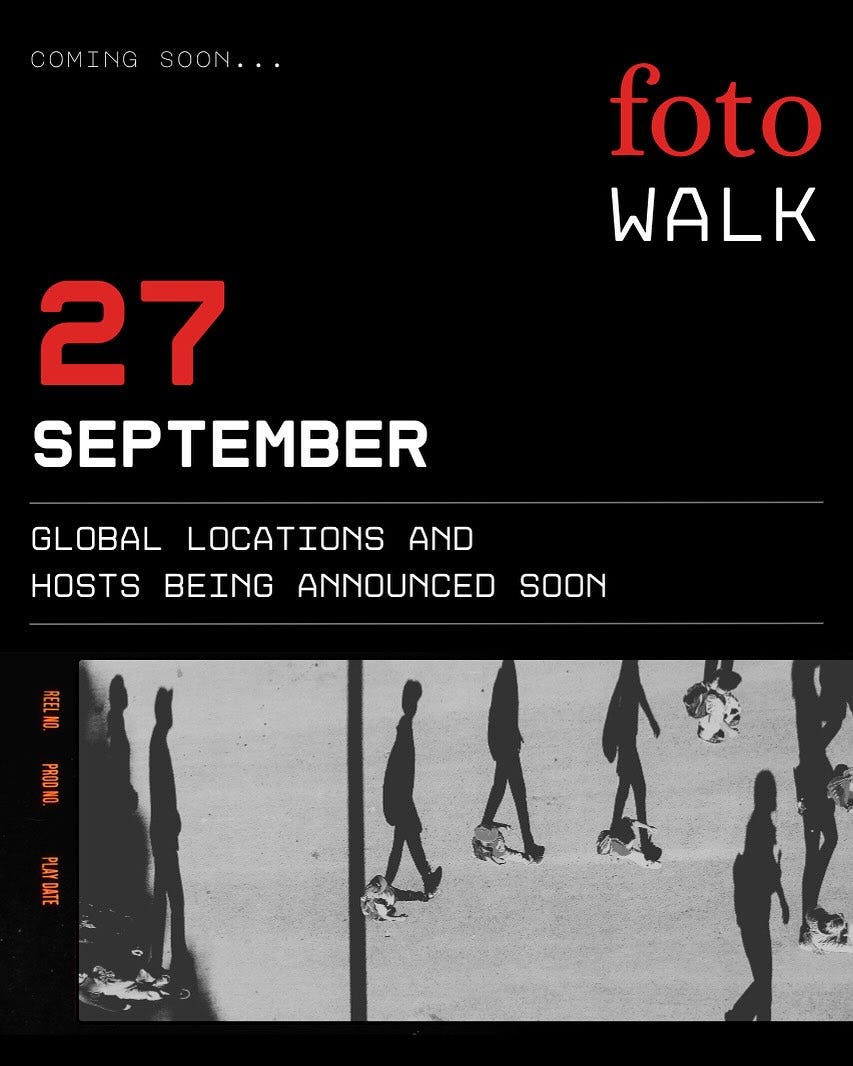

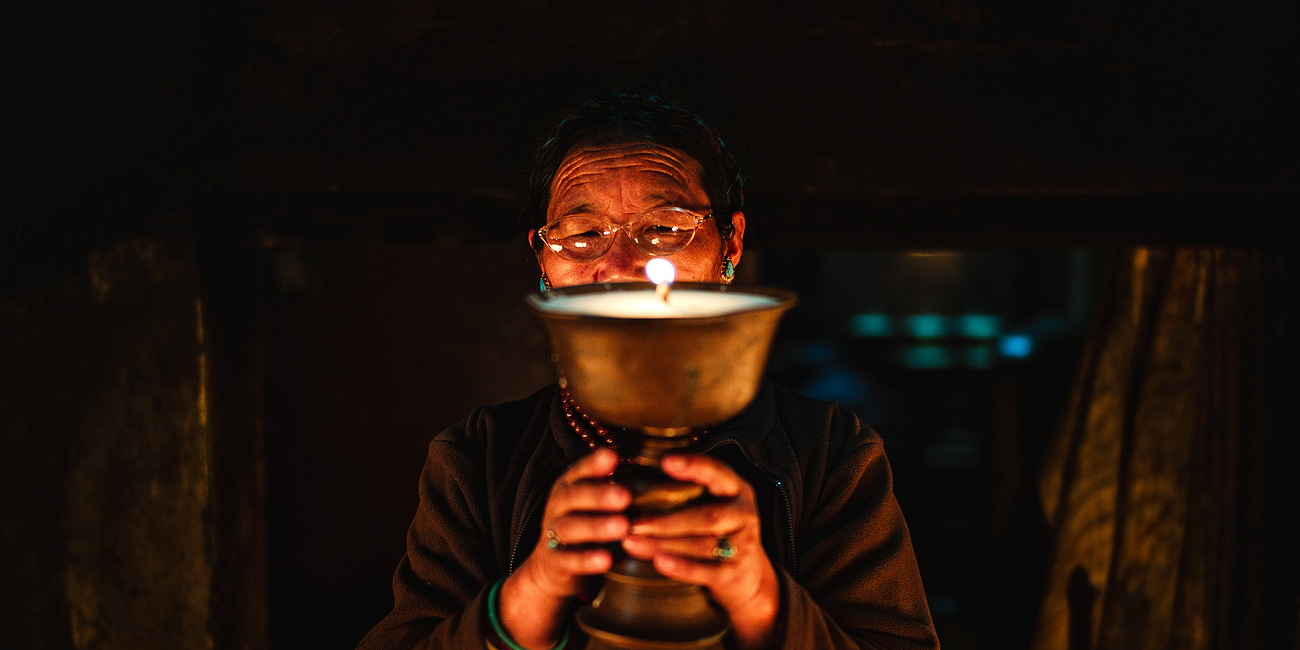
Excited for the Kodachrome presets, literally counting down the minutes until release!
Do you have any plans to add Kodachrome X to the mix? I primarily shoot in a way that emulates the early 1960s as true-to-life as possible, and being able to shoot 64 ISO with "K-12" would be my dream come true.
I imagine it's a cross between Kodachrome II and Kodachrome 64!
Fine if not, I could always just overexpose by 2/3 a stop and be a Kodachrome II man :)
Looking forward to the emulation! Could you also let us know about the Geneva event? I live 20 mins away, so may be able to join!
Thanks in advance!
Marcus